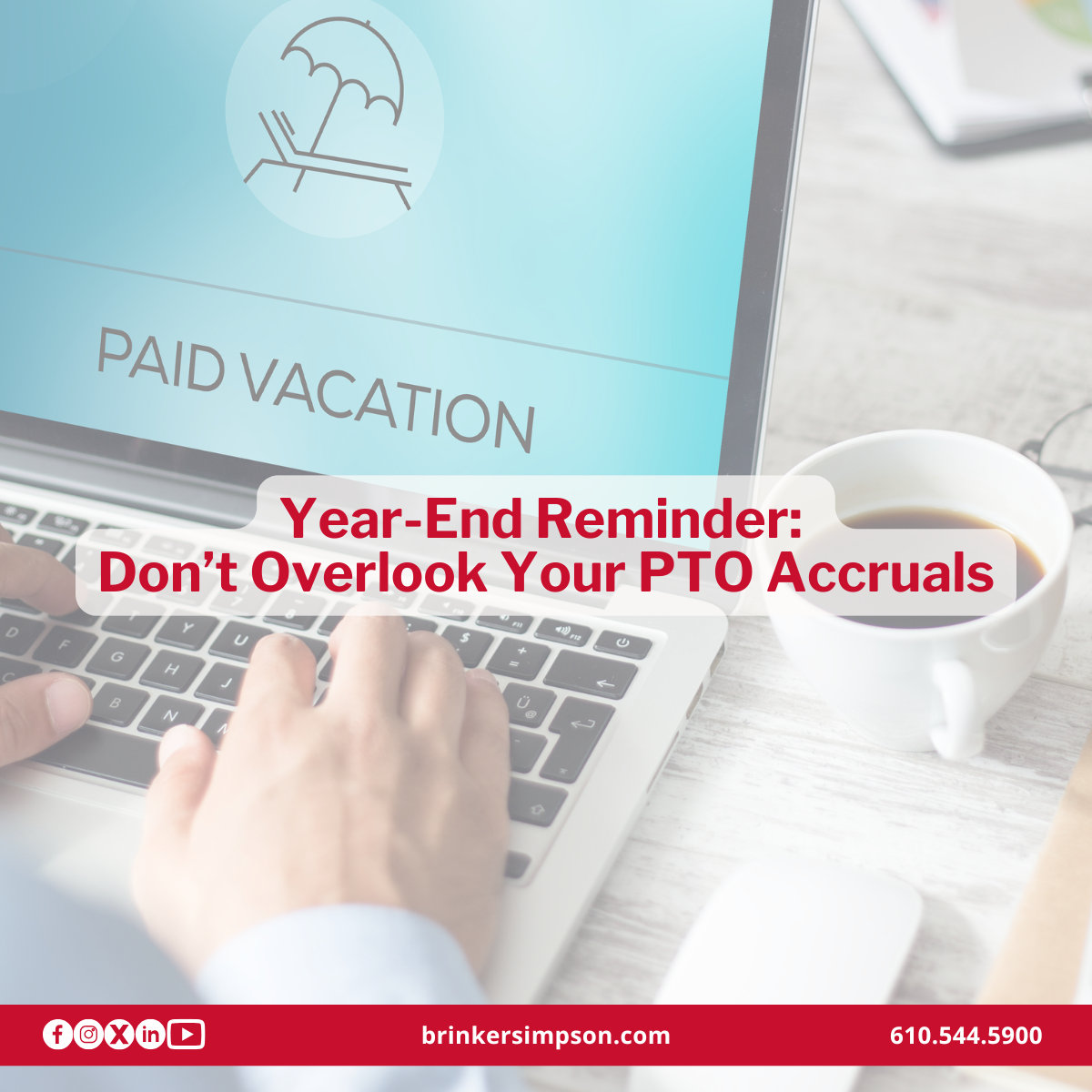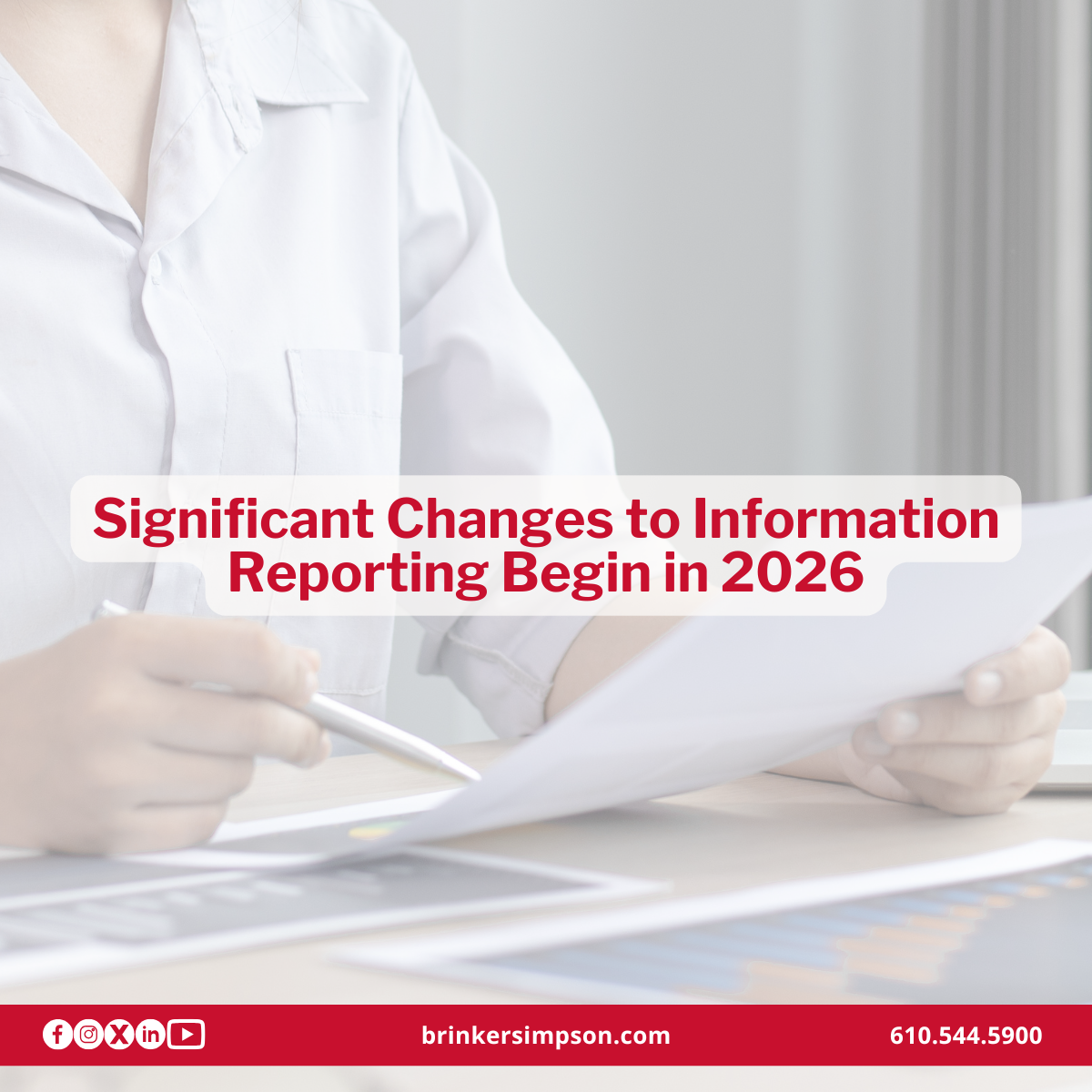The "One Big Beautiful Bill Act" (OBBBA) includes several favorable changes for small business taxpayers. Among the most impactful are expanded and enhanced rules for depreciating business assets. Below is a breakdown of what you need to know and how your business might benefit.
100% Bonus Depreciation Is Back
The new law permanently restores 100% first-year bonus depreciation for eligible assets acquired and placed in service after January 19, 2025.
This provision reinstates full expensing that had previously been phased down:
- 80% in 2023
- 60% in 2024
- 40% for assets placed in service between January 1 and January 19, 2025
For certain assets with more extended production periods, those phase-downs were delayed by one year. For example, a 60% bonus depreciation rate applies to long-production-period property placed in service between January 1 and January 19, 2025.
Eligible assets include:
- Most depreciable tangible personal property (equipment, computers, software, and certain vehicles)
- Qualified Improvement Property (QIP) – improvements made to the interior of non-residential buildings placed in service after the building's initial use
Note: QIP does not include expenditures related to the enlargement of a building, elevators, escalators, or the internal structural framework. These assets must generally be depreciated over a period of 39 years.
Expanded Section 179 Expensing
For tax years beginning in 2025, the OBBBA increases:
- The Section 179 expensing limit to $2.5 million (up from $1.25 million)
- The phase-out threshold to $4 million (up from $3.13 million)
Both thresholds will be indexed for inflation for tax years beginning in 2026.
Similar to bonus depreciation, Section 179 allows for the immediate expensing of qualifying property. In addition to QIP, Section 179 deductions may be used for:
- Roofs
- HVAC systems
- Fire protection and alarm systems
- Security systems installed in non-residential real property
- Depreciable personal property used in connection with lodging
SUV Limitation: For 2025, the Section 179 deduction for heavy SUVs (6,001–14,000 lbs. gross vehicle weight) is capped at $31,300.
Strategy Note: Bonus Depreciation vs. Section 179
While both provisions allow immediate expensing, bonus depreciation often provides greater flexibility:
- It is not subject to income limits or phase-outs
- It can be claimed on a broader range of property, including used assets
Section 179, on the other hand, can be more restrictive for partnerships, S corporations, and LLCs, where limits may apply at both the entity level and the owner level.
In many cases, the conventional approach is to take bonus depreciation first and then apply Section 179 selectively. We can help you weigh the options based on your entity structure, income level, and asset strategy.
New: First-Year Depreciation for Qualified Production Property (QPP)
The law also introduces a 100% first-year depreciation deduction for Qualified Production Property (QPP) placed in service after January 19, 2025.
QPP is defined as non-residential real property used directly and substantially in the:
- Manufacturing
- Production
- Refining
of tangible personal property
What doesn't qualify as QPP:
- Office space
- Lodging
- Administrative areas
- Parking structures
- Sales, research, engineering, or software development spaces
Timing Requirements:
- Construction must begin after January 19, 2025, and before January 1, 2029
- Property must be placed in service in the U.S. or a U.S. possession before January 1, 2031
Take Another Look
These are just a few of the key business provisions introduced in the OBBBA. If you're planning equipment purchases, real estate improvements, or capital investments in the next 12–24 months, these depreciation incentives could significantly reduce your tax liability. We can help evaluate your options and structure purchases to take full advantage of the new law in 2025 and beyond.



